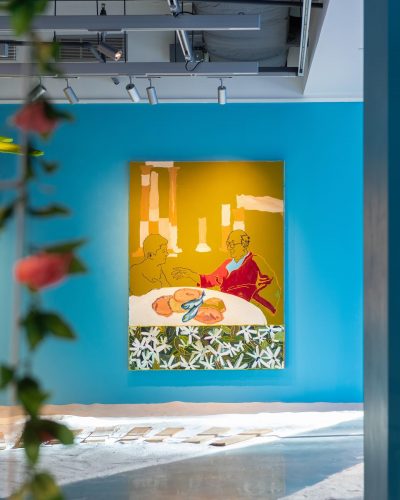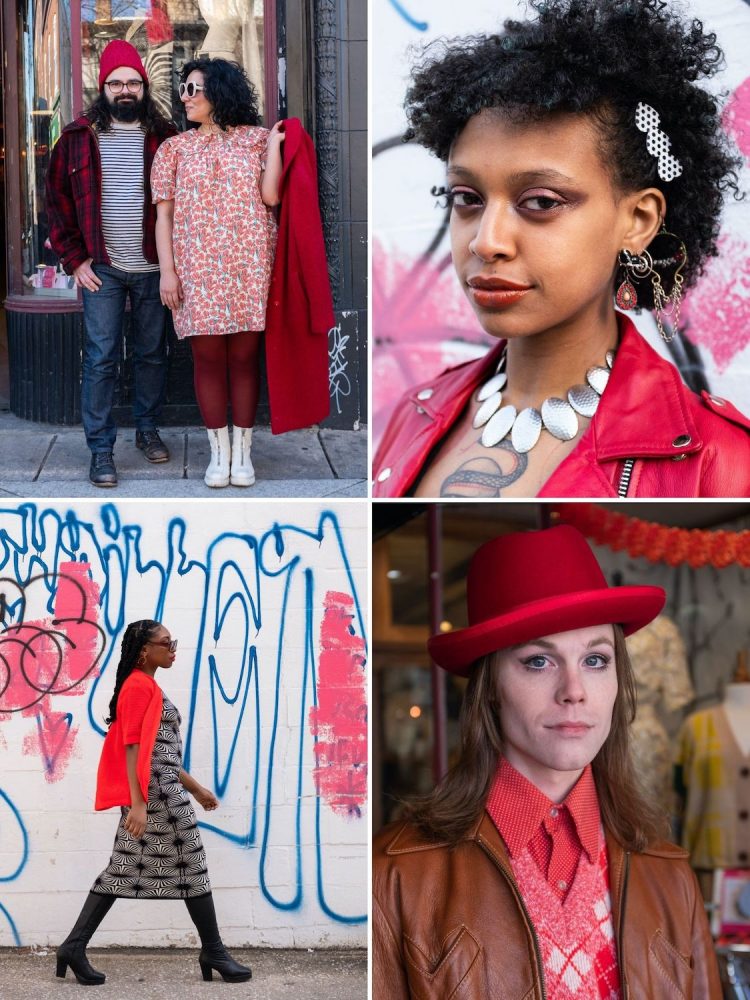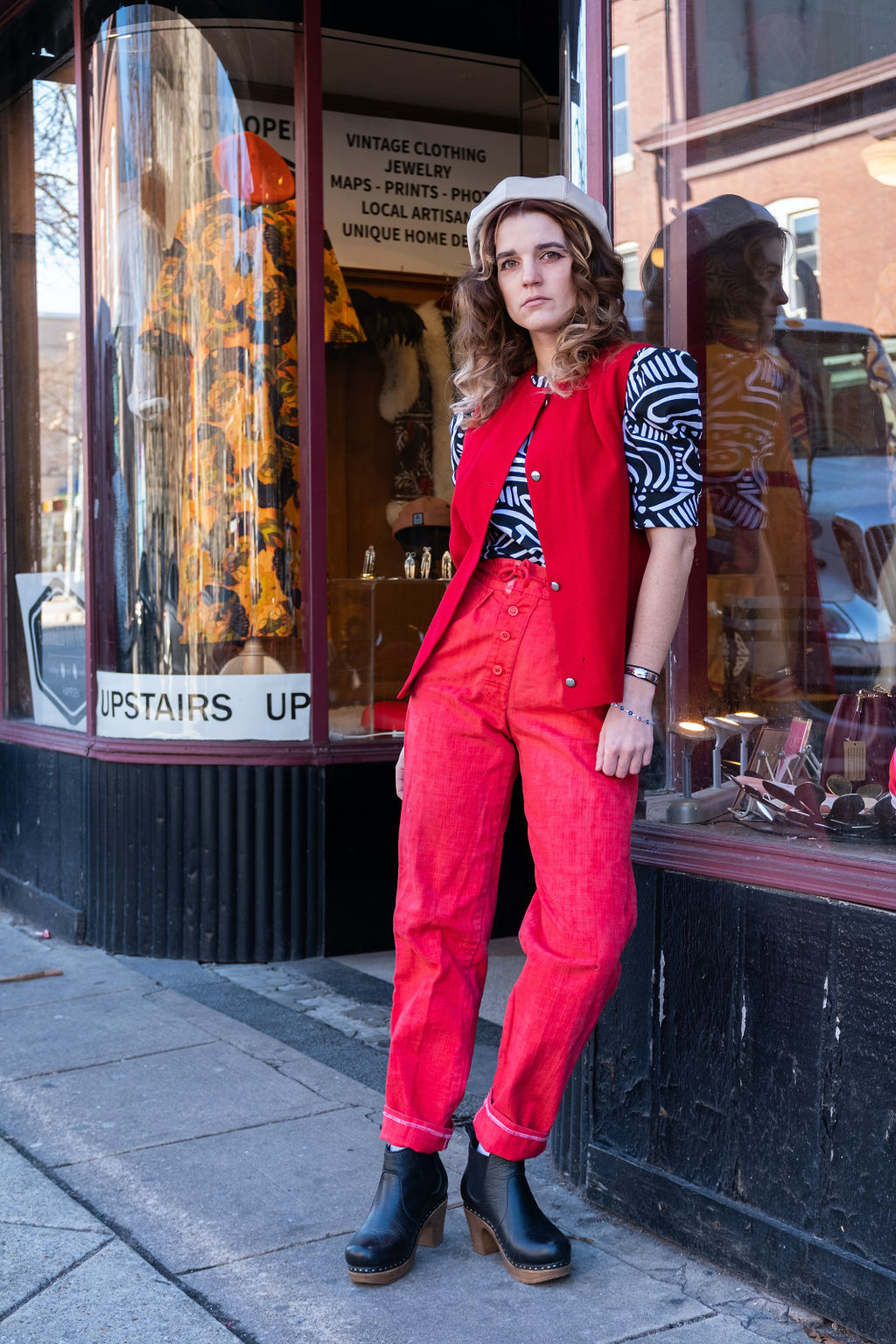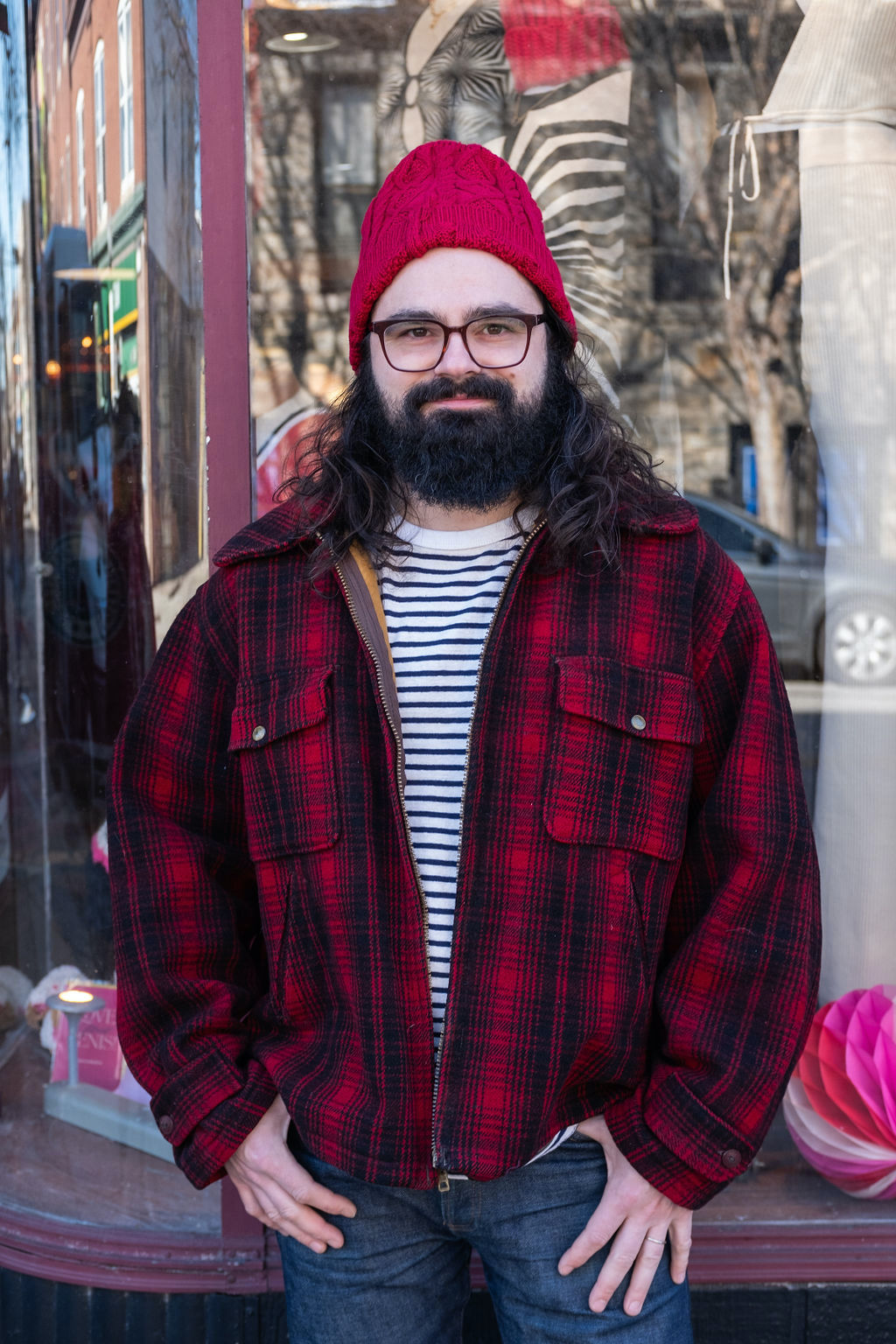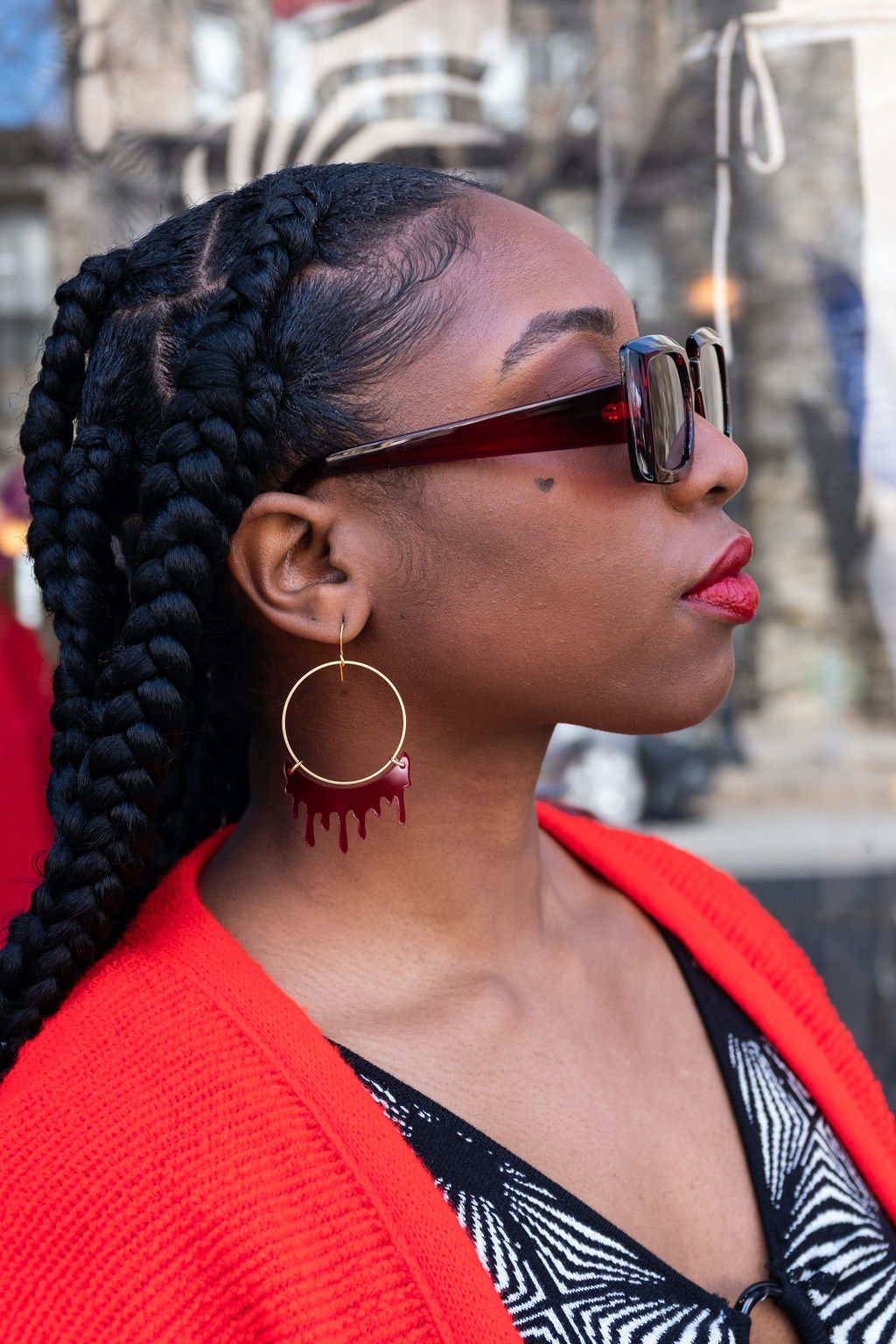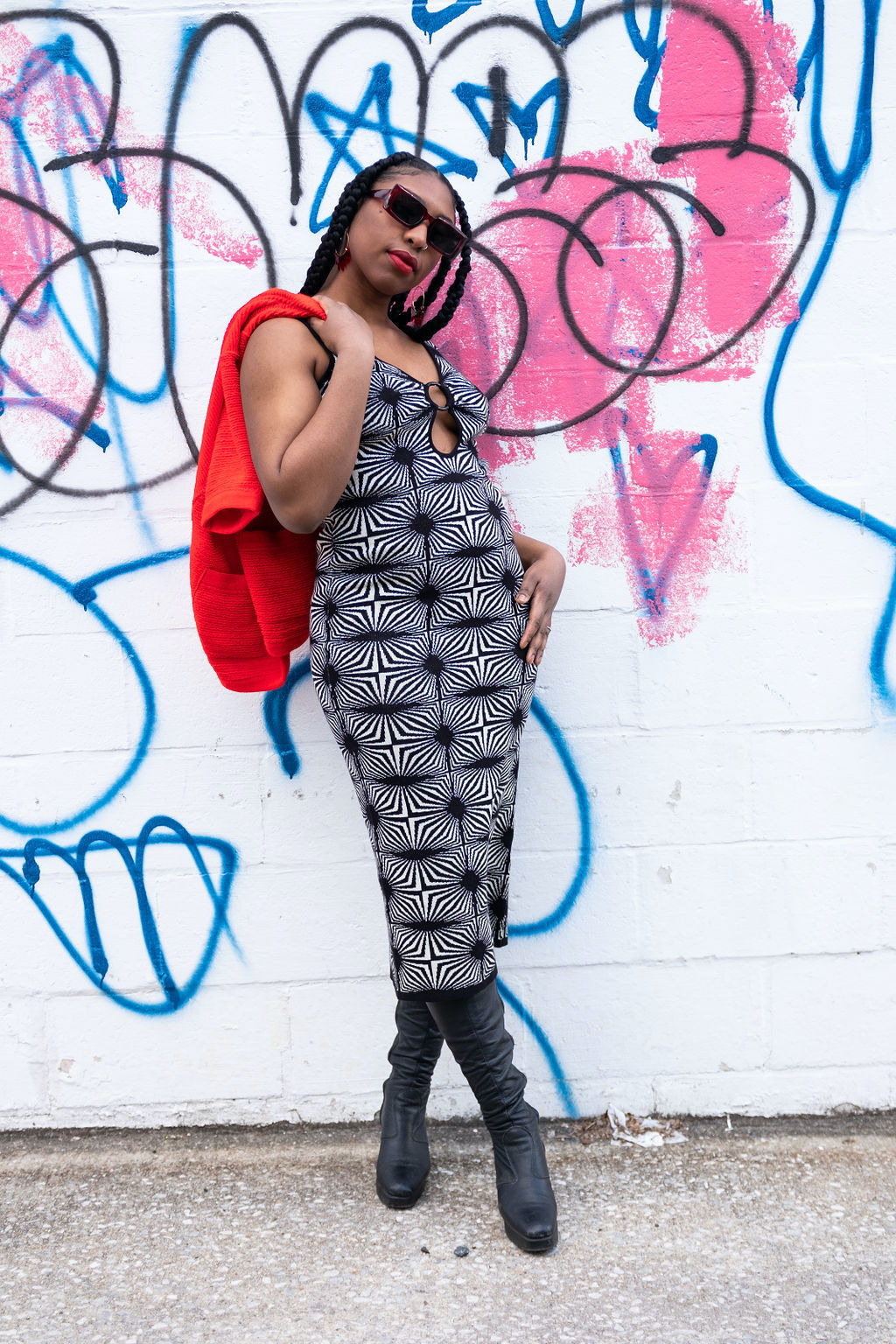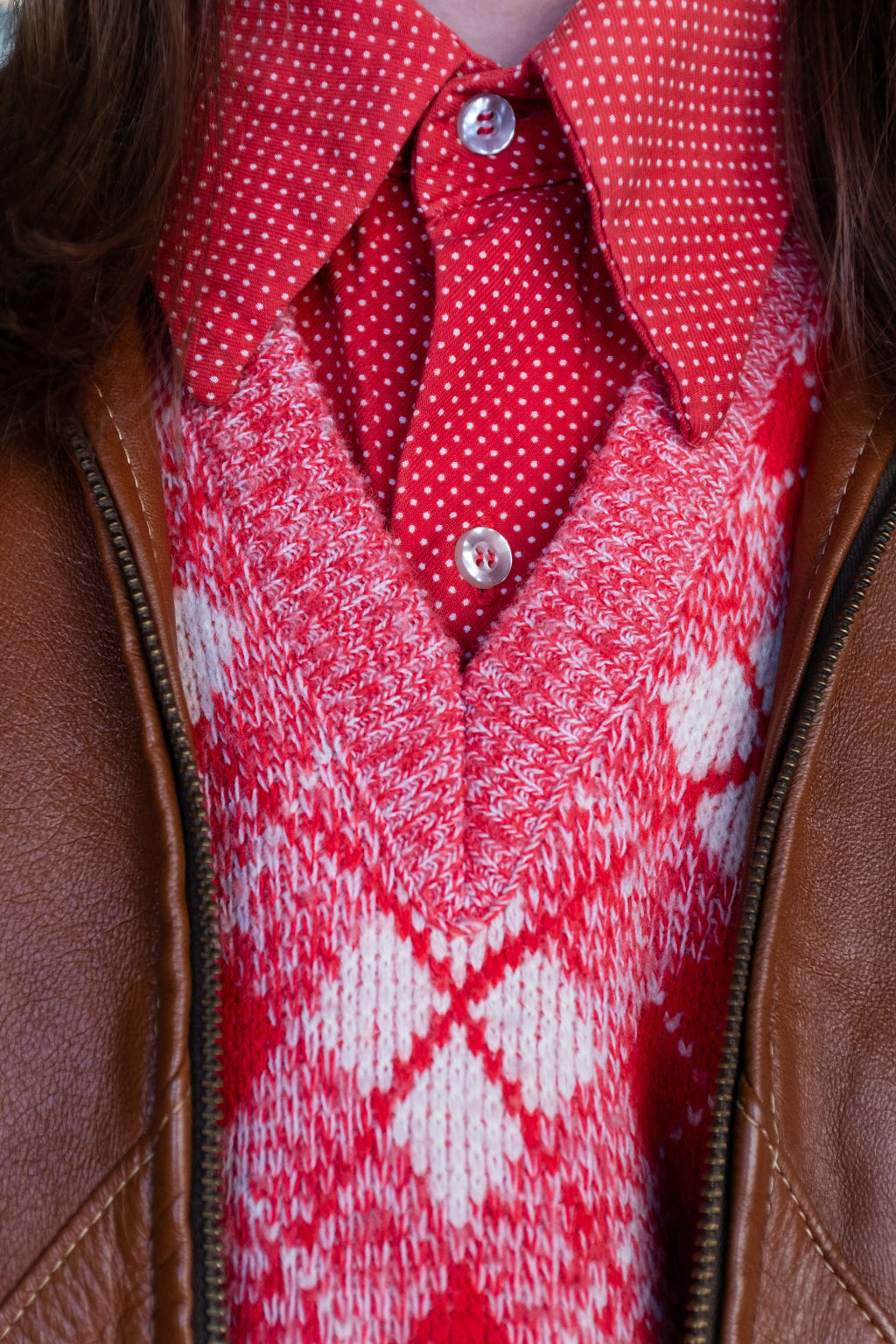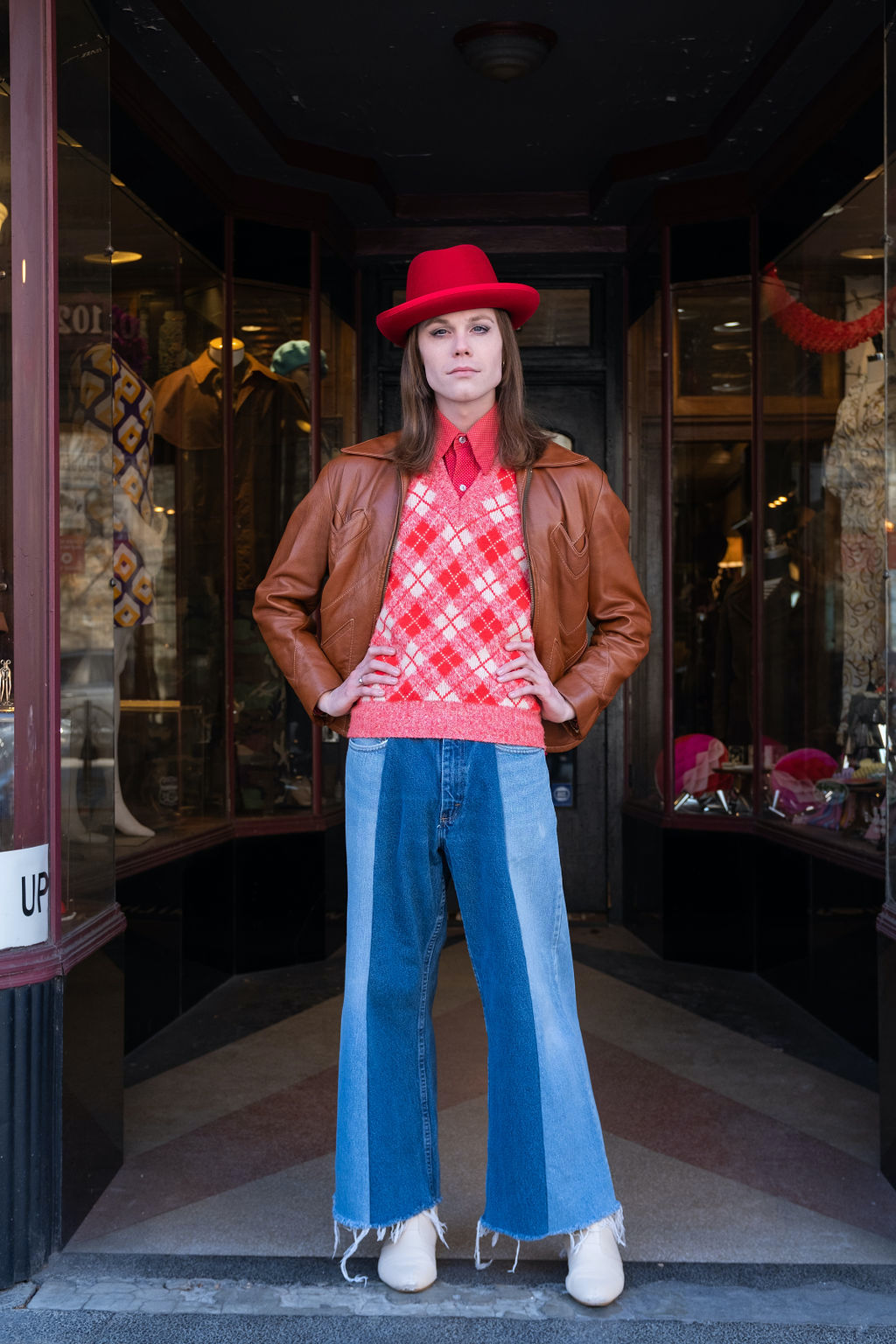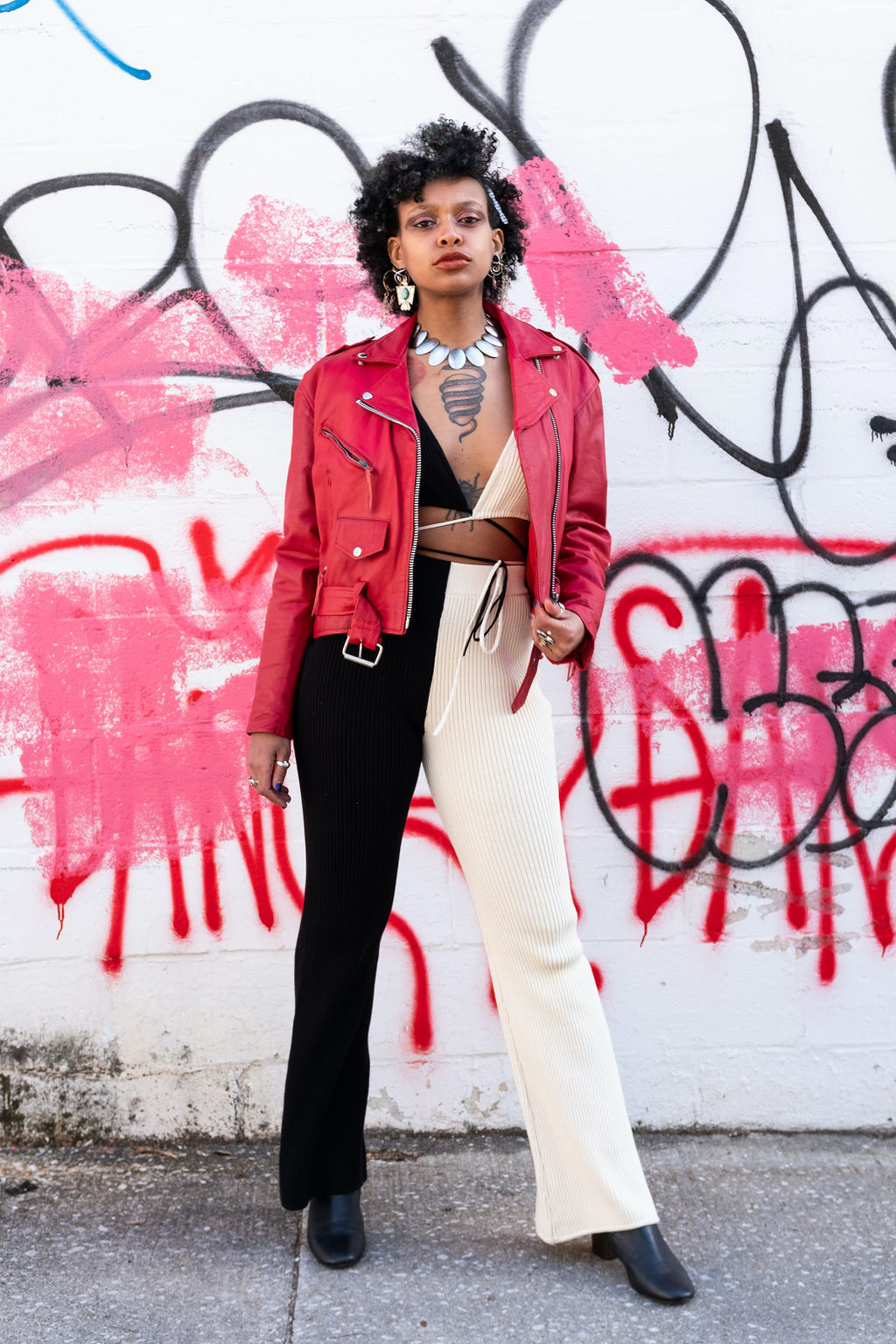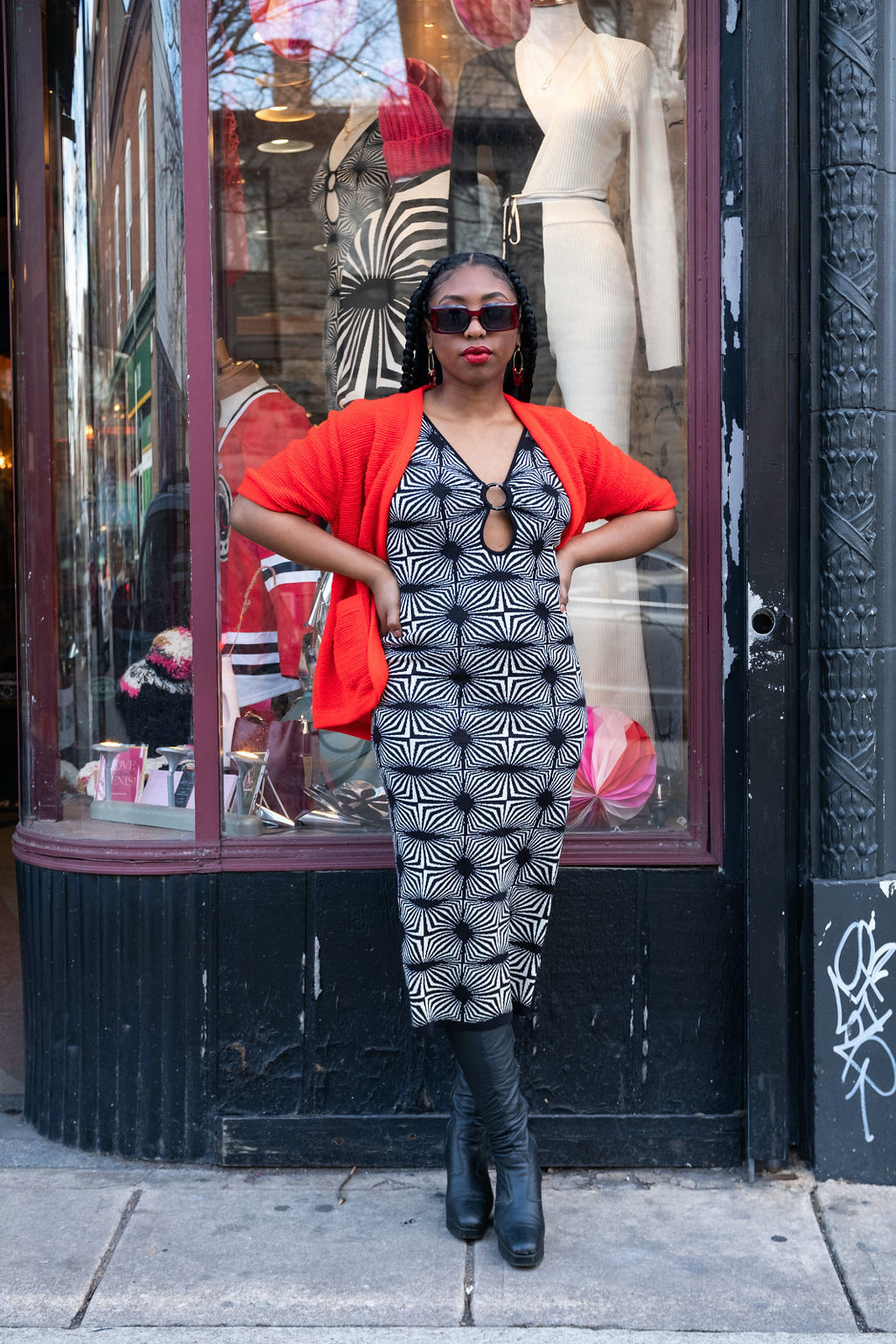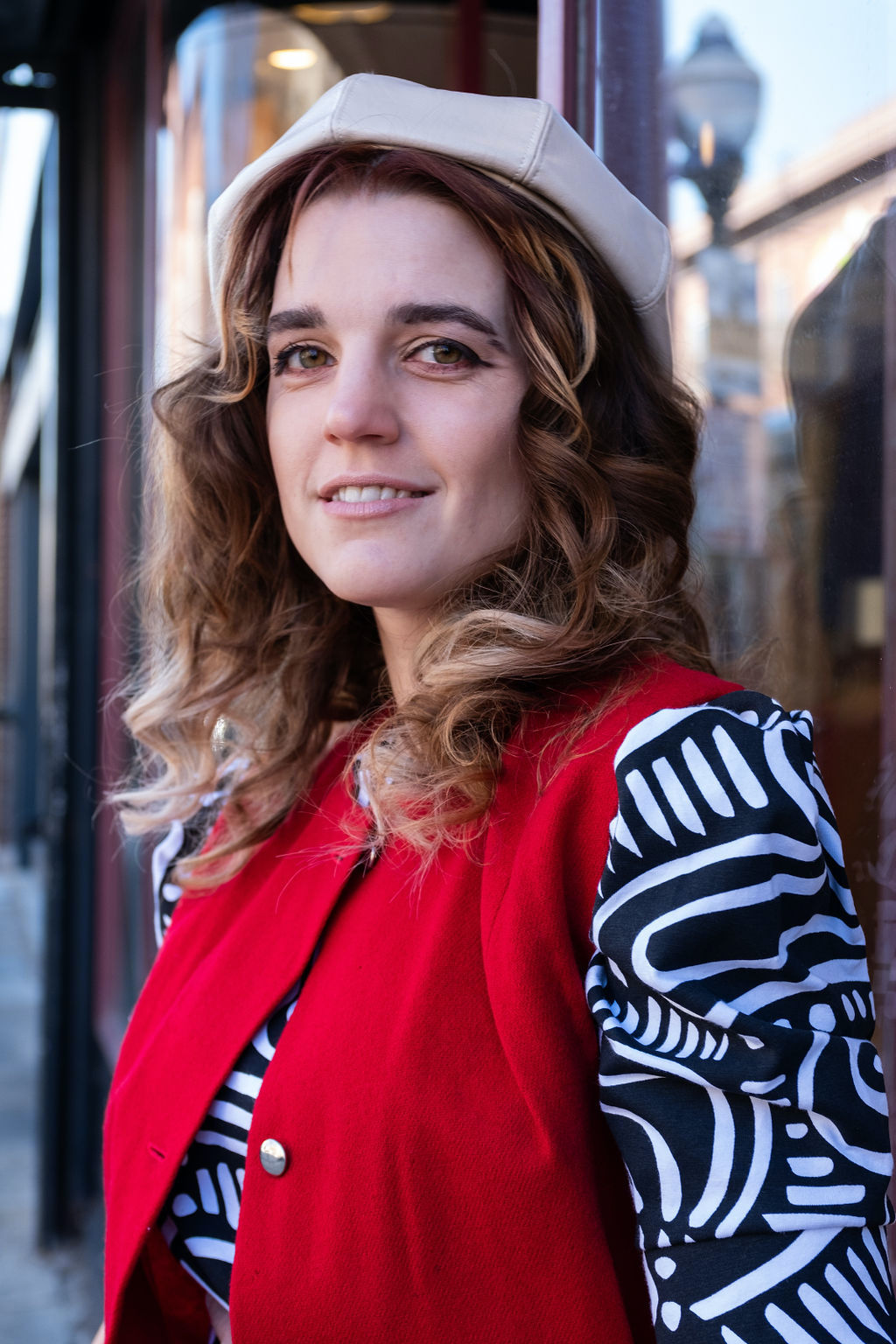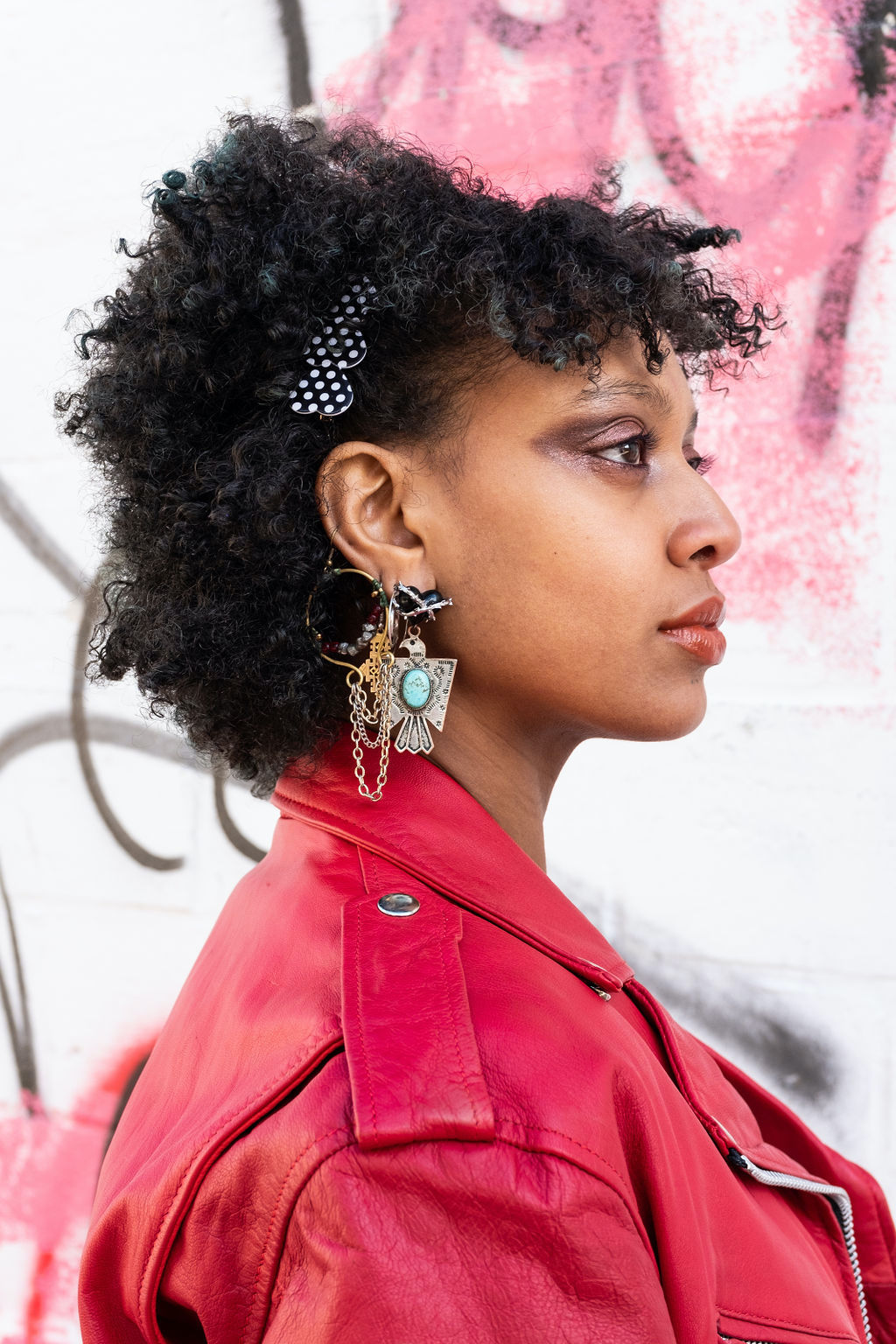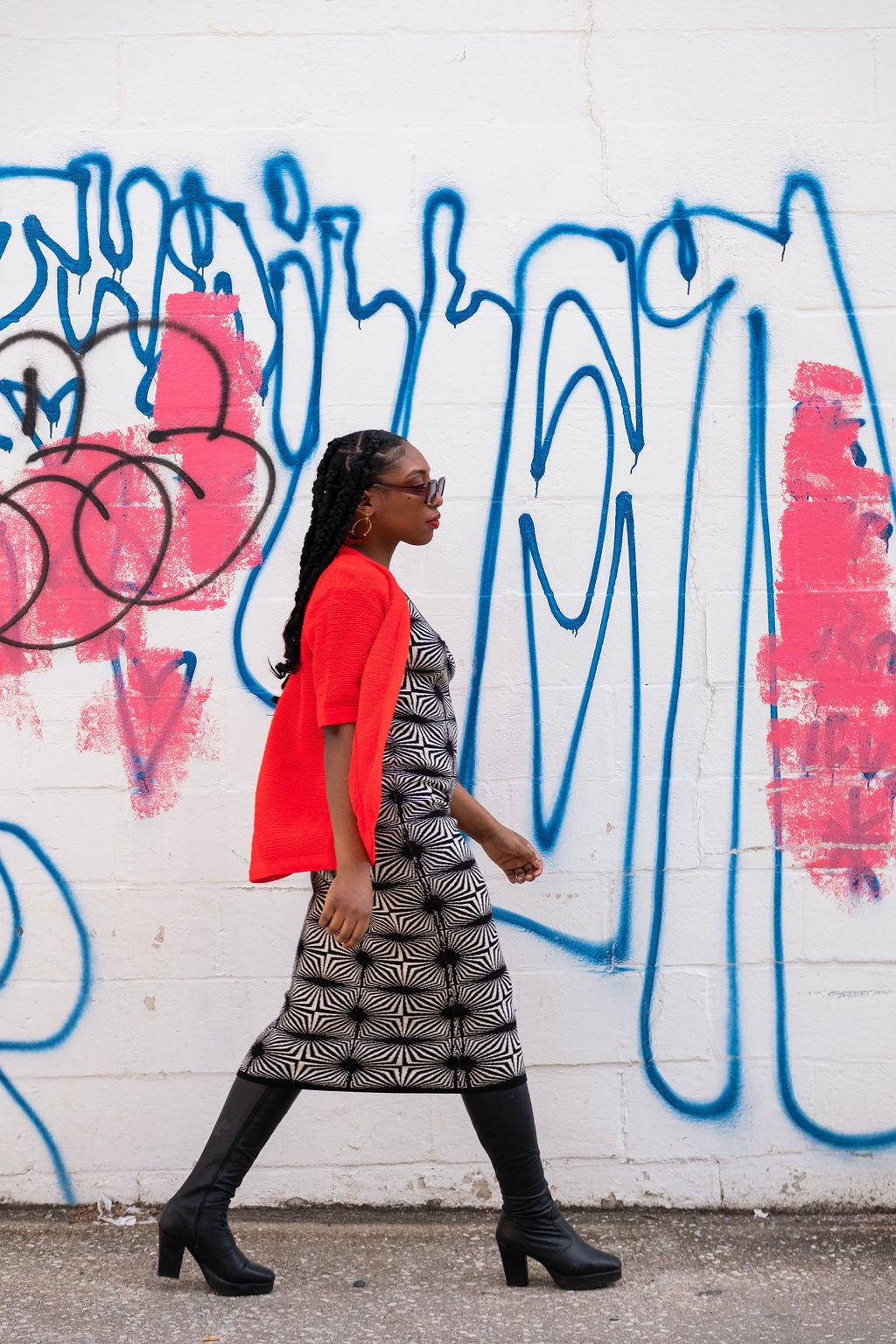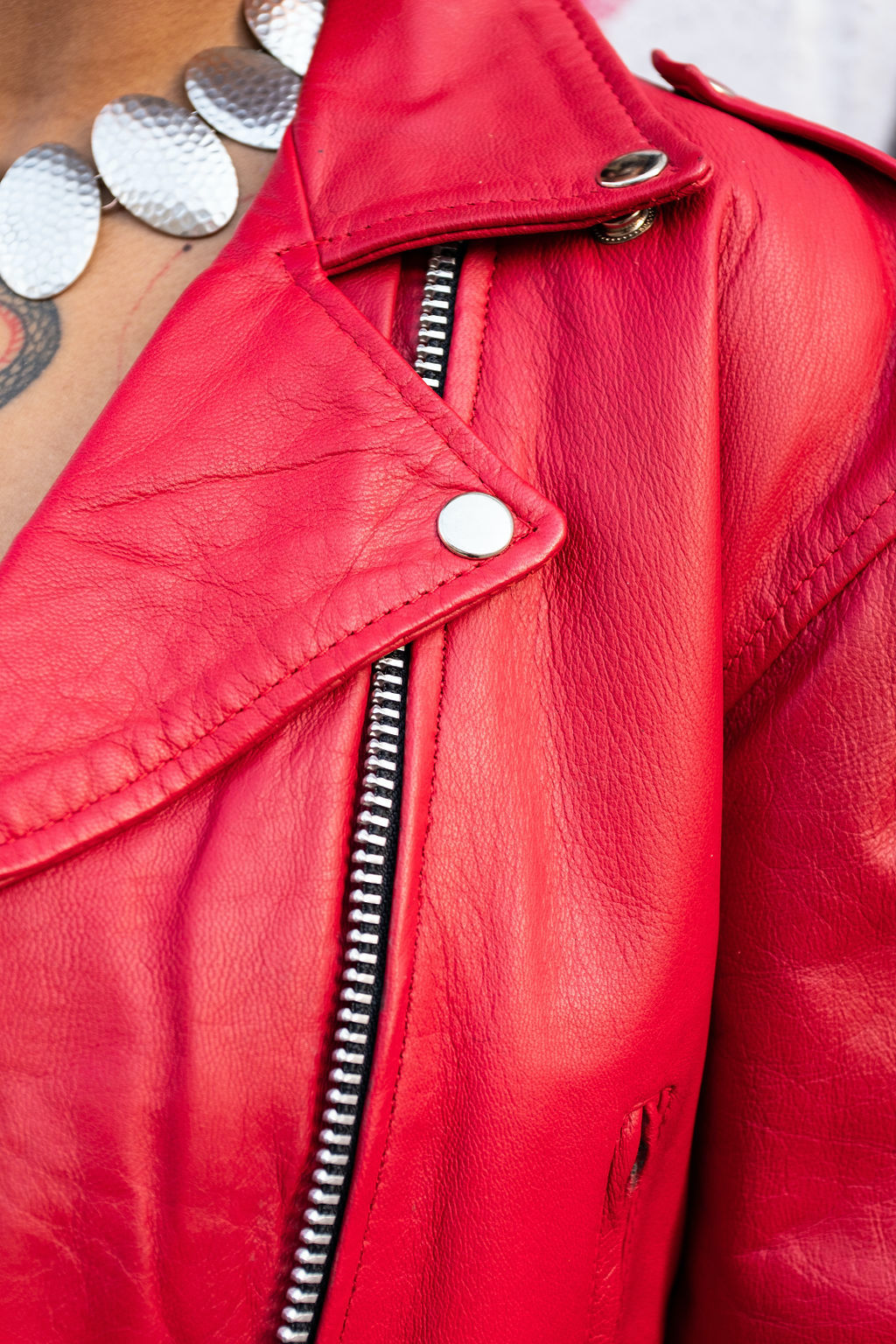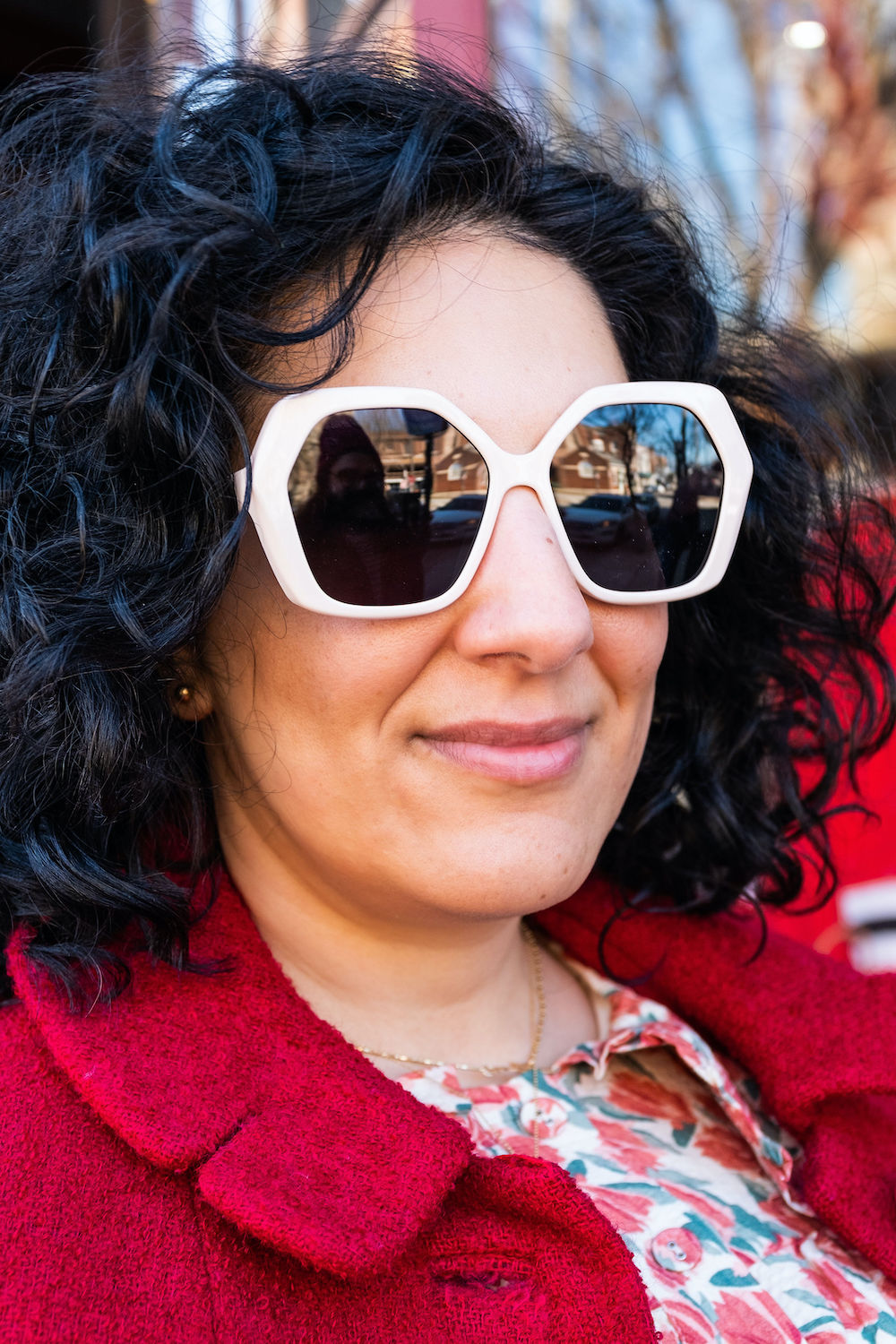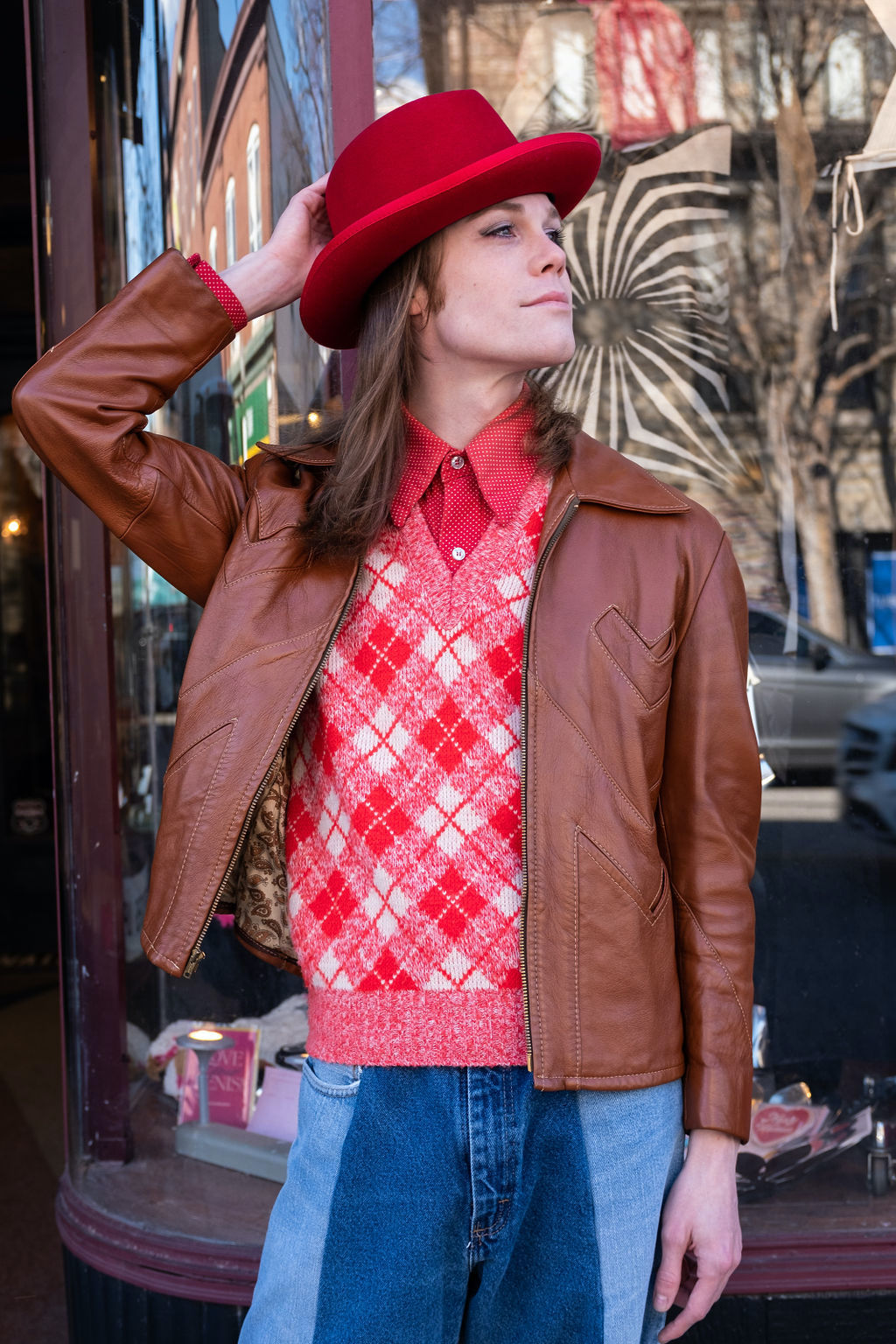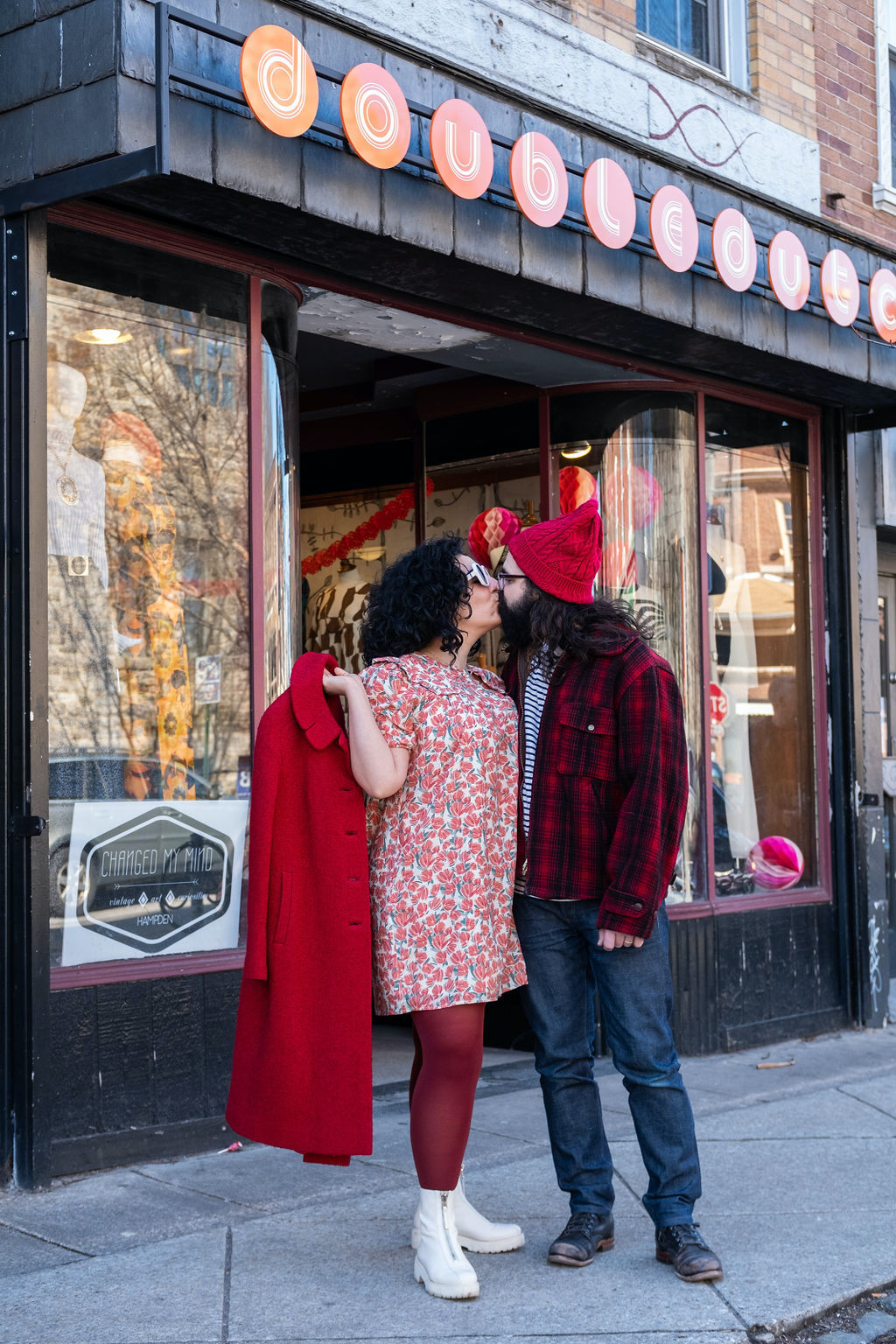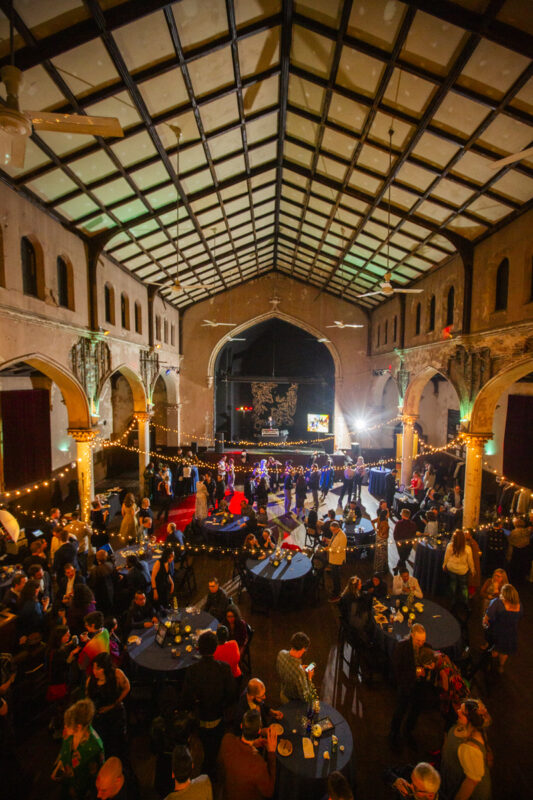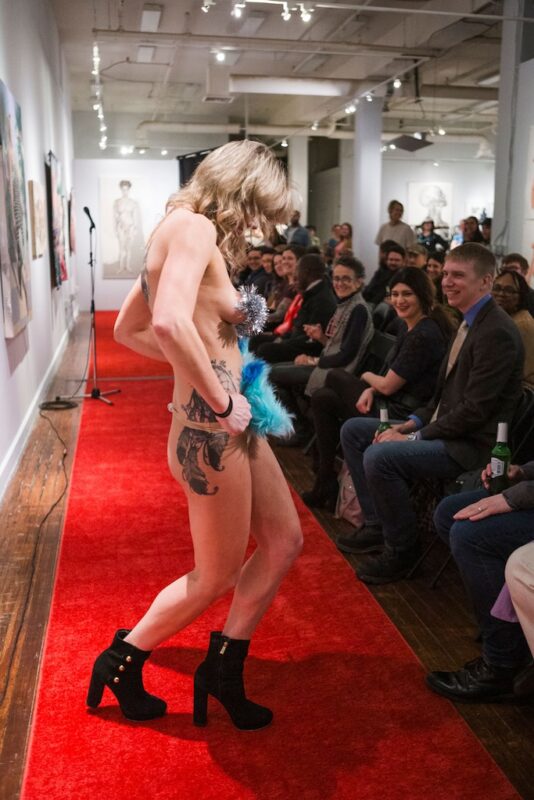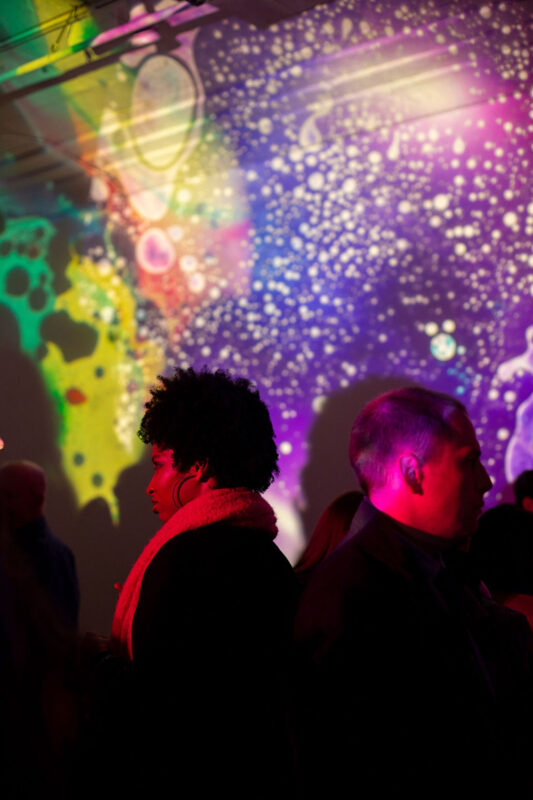If you hate Valentine’s Day, perhaps you should consider its historical predecessor, Lupercalia. Hosted in pagan Rome on February 15, this annual fertility festival celebrated Faunus, god of agriculture, as well as the she-wolf who famously nursed Romulus and Remus, famous fratricidal maniacs and founding twins of Rome. All you need is a cave, a sacrificial goat, and some blood to “gently” slap on women and crop fields, thus ensuring their fertility in the coming year. Add in a giant urn filled with all the single ladies’ names for eligible bachelors to select for a yearlong “match” that can result in lawfully wedded forever bliss, and you are good to go!
I don’t know about you, but compared to that mess, the overpriced roses, chocolate samplers, awkward dinner dates, and (my personal favorite) the card and candy combo for an entire class of elementary schoolers of today’s current Valentine’s Day seems like a breeze.
Just in case you were wondering, Lupercalia was outlawed and renamed by the Catholic Church at the end of the 5th century, when the pope declared February 14 St. Valentine’s Day, named for a Christian martyr, or possibly three different saints all named Valentine currently recognized by the Catholic Church. In one version, Valentine was a priest who defied Roman Emperor Claudius II’s ban on marriage. The emperor believed that single men made better soldiers but Valentine continued to perform secret marriages, and this didn’t go over well after the practice was discovered.
Another Valentine story presents him as a Christian sympathizer put in a Roman prison, who sent the first “valentine” greeting: a love letter to a girl who visited him in confinement. In all cases, Valentine was a romantic figure and, by the Middle Ages, one of the most popular saints in England and France. After this, it was open season for sending written Valentines during the Middle Ages, the most famous being a poem written by Charles, Duke of Orleans, in 1415 to his wife while he was imprisoned in the Tower of London.
By the 17th century, Valentine’s Day was celebrated popularly in Great Britain, and it caught on in the United States, Canada, Mexico, France, and Australia, where friends and lovers exchanged small tokens of affection, handwritten notes, which evolved into printed cards around 1900 and has exploded into our current capitalistic bender, pretty much like every other holiday. Except this one involves romance, the color RED, and lots of chocolate.
I’m not sure what this has to do with any of us except that St. Valentine’s Day is, historically and currently, a specially designated day to celebrate and express love. It’s a turning point signifying the almost-end of winter and focuses our attention towards the warm rebirth of spring. If you choose to celebrate this holiday, good for you! And if you choose to patronize small creative businesses that support our local economy, all the better.
This year, we decided to envision what Valentine’s Day 2022 looks like, realized in fun fashion. Photographer E. Brady Robinson reached out to one of our favorite clothing shops in Baltimore, Doubledutch Boutique in Hampden, where owner Leslie Jennings created romantic Valentine’s looks in their signature “vintage inspired flair with a contemporary cut.” We love that Leslie curates the shop for a variety of distinct styles, shapes, and sizes and that they feature independent designers, both locally and internationally respected, as well as jewelry and other assorted gift-worthy goods made locally.
Whether you see yourself in the “wild party bacchanalia” Lupercalia camp this year, or as a more traditional St. Valentine’s martyr-loving romantic, today is an opportunity to express yourself with color and verve in a celebration of all kinds of love. Thank you to models Jon Malis, Sabra Jafarzadeh, Caitlin Gill, Micah Moon, Safra Tadesse, and Kenzie Barnes for embodying the unique range of stylish pieces that Doubledutch offers and for indulging us in a distinctly local and chic vision for Valentine’s Day. Once again, Robinson has managed to capture a romantic image of our fair city that is authentically centered around the artists who make us all look good.

